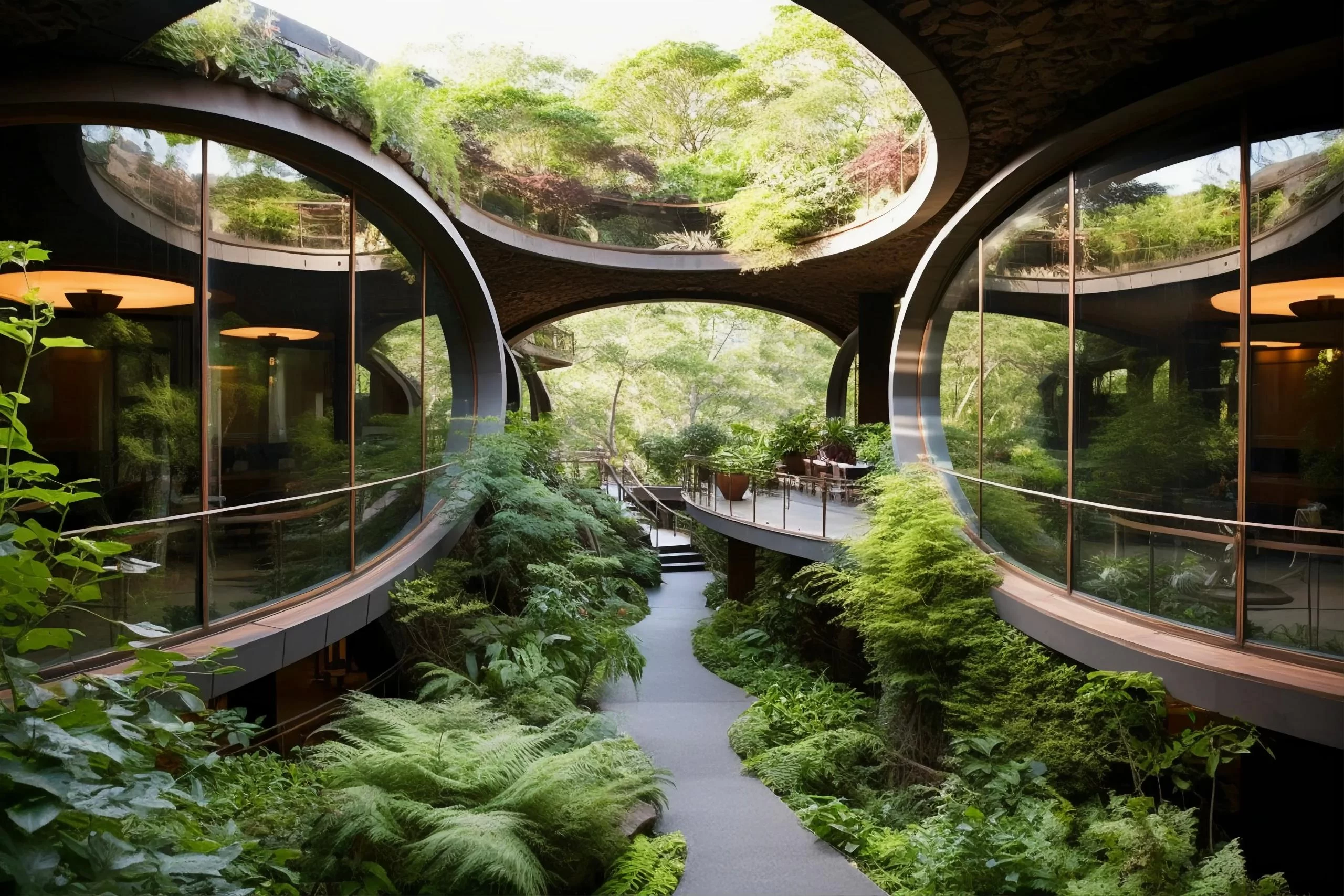How Architects Help with Landscape Architecture and Outdoor Design
- 1. The Role of Architects in Landscape Architecture
- 2. Key Elements of Outdoor Design by Architects
- 3. The Benefits of Hiring an Architect for Outdoor Design
- 4. Real-World Examples of Successful Landscape Designs
- 5. Future Trends in Landscape Architecture and Outdoor Design
1. The Role of Architects in Landscape Architecture
Landscape architecture is a specialized field that blends art, design, and nature, and architects play a crucial role in shaping outdoor spaces. While landscape architects are typically focused on the creation and planning of outdoor spaces, architects also contribute significantly to landscape design, particularly in integrating the architecture with the surrounding environment.
Architects work closely with landscape architects to ensure that the built structures and the outdoor environment coexist harmoniously. Their expertise lies in understanding how to incorporate elements like topography, climate, vegetation, and human activity into the design, creating functional outdoor spaces that also reflect aesthetic value.
2. Key Elements of Outdoor Design by Architects
Architects consider several key elements when designing outdoor spaces, whether it’s a private garden, public park, or urban plaza. Some of these elements include:
- Space Planning: Effective space planning allows for a seamless flow between indoor and outdoor areas. Architects focus on creating clear boundaries and pathways that help guide users through the space while maintaining a balance between openness and privacy.
- Material Selection: The materials chosen for outdoor designs are essential in ensuring the longevity and functionality of the space. Architects choose weather-resistant materials that complement both the architecture and the natural surroundings.
- Climate Considerations: Architects take local climate conditions into account to ensure that outdoor spaces are comfortable and usable year-round. This includes elements such as shading, water features, and windbreaks, all of which can improve the overall outdoor experience.
- Green Spaces and Sustainability: Incorporating green spaces is an important part of outdoor design. Architects often focus on sustainability, using native plants and incorporating green roofs or sustainable drainage systems to reduce the environmental impact of the outdoor space.
These elements work together to create outdoor spaces that are both functional and visually appealing, designed to meet the needs of the people who use them while respecting the natural environment.
3. The Benefits of Hiring an Architect for Outdoor Design
Hiring an architect for outdoor design offers several benefits that go beyond the capabilities of a landscape designer. Architects bring a wealth of knowledge in structuring space, balancing form with function, and ensuring that the space fits well with the surrounding architecture.
Some of the benefits include:
- Integrated Design: Architects can create cohesive designs that integrate the architecture of the building with the outdoor environment, ensuring that the spaces complement each other seamlessly.
- Increased Property Value: A well-designed outdoor space can add significant value to a property, making it more appealing to potential buyers or visitors.
- Innovative Solutions: Architects are trained to solve complex design challenges and can provide creative solutions to ensure that outdoor spaces are both practical and aesthetically pleasing.
Working with an architect for your outdoor design can make a significant difference in the quality and functionality of the space. Their expertise helps ensure that the design not only meets your needs but also enhances the overall experience.
4. Real-World Examples of Successful Landscape Designs
Several successful landscape designs demonstrate how architects can create memorable outdoor spaces that enhance the built environment. Here are a few examples:
- High Line Park (New York City): This elevated park built on a former railway track is an excellent example of how architects and landscape designers can transform an unused space into a vibrant public park. The design integrates green spaces with walkways, seating areas, and views of the surrounding city, creating a unique urban landscape.
- Gardens by the Bay (Singapore): Gardens by the Bay is a stunning example of how architecture can shape outdoor spaces. The Supertree Grove and Cloud Forest Dome showcase innovative designs that blend nature with futuristic architecture to create a striking and sustainable garden environment.
- The National Arboretum (Washington, D.C.): The design of the National Arboretum incorporates both formal garden areas and natural woodlands, providing an experience of diverse landscapes. Architects involved in this project focused on creating spaces that offered educational and recreational opportunities while preserving the natural beauty of the site.
These examples show the power of outdoor design to not only improve the functionality of a space but also create lasting impressions on the people who experience them.
5. Future Trends in Landscape Architecture and Outdoor Design
The future of landscape architecture and outdoor design is exciting, with an increased focus on sustainability, technology, and multi-functional spaces. Here are a few trends to watch:
- Sustainable Design: As concerns about the environment continue to grow, architects are increasingly focusing on sustainable outdoor designs. This includes using recycled materials, incorporating rainwater harvesting, and creating green spaces that help improve air quality.
- Smart Outdoor Spaces: With the rise of smart home technologies, outdoor spaces are also becoming smarter. From automated irrigation systems to sensor-controlled lighting, the integration of technology in outdoor design will continue to grow.
- Resilient Landscapes: Architects are focusing on designing outdoor spaces that can withstand the challenges posed by climate change, such as extreme weather conditions and rising sea levels. Resilient landscapes include flood-resistant designs, drought-tolerant plants, and adaptable outdoor structures.
As these trends evolve, architects will continue to shape the future of outdoor design, creating spaces that are both beautiful and functional for generations to come.
Architects play a crucial role in shaping the outdoor spaces that surround us, ensuring that these environments are functional, aesthetically pleasing, and sustainable. Whether you’re planning a private garden or a public park, the expertise of an architect can make a significant impact on your project. For more information on how architects can help with landscape architecture and outdoor design, visit 10 Jay Street for expert guidance and inspiration.









